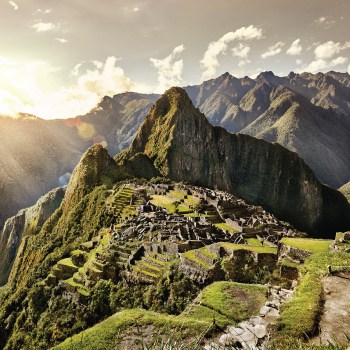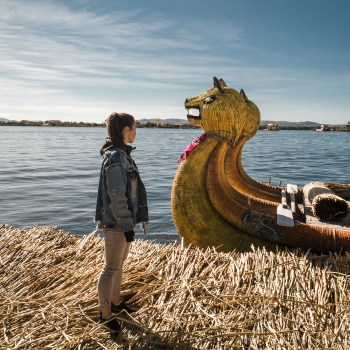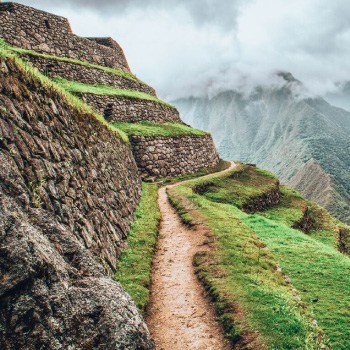 What is Altitude Sickness?
What is Altitude Sickness?
Altitude sickness occurs when your body cannot receive enough oxygen from the air at high altitudes. As the altitude increases the air becomes thinner, and the level of oxygen that your body is used to receiving drops. It doesn’t happen to everyone, but to the unlucky few that it does, it can be annoying. In Peru most cities in the Andes like Cusco are considered high altitude and the oxygen levels drop by around 5-6 percent, which can cause the onset of altitude sickness.
Symptoms of Altitude Sickness & how will it affect me?
It is uncertain if you will be affected by altitude sickness, as it affects people in different ways. Some people are not at all affected, others have slight symptoms with very few becoming ill. Always seek medical advice if you have any medical conditions that may affect you at high altitude.
On arrival at high altitude the majority of people find that they will suffer from shortness of breath, a mild headache and tiredness for which the best cure is to rest and drink plenty of fluids. These symptoms typically last for no more than 24-48 hours, and are quite normal for someone arriving at high altitude.
Stronger symptoms include a throbbing headache, a lack of appetite, feeling nauseous, vomiting, dizziness and not sleeping. Taking oxygen will rapidly help anybody with altitude sickness; however there is only one real cure and that is to return to a lower altitude as quickly as possible. Always seek medical advice if you are suffering from severe altitude sickness.
How to Minimize the effects of Altitude Sickness
The best way to minimize the effects is to gradually ascend, traveling with bus and not flying directly. This way the body will slowly start getting used to the higher elevation. It is also very important to rest when you first arrive at high altitude, drink plenty of fluids, eat lightly and do not drink alcohol. If you are planning on hiking in Peru then it is recommended that you take 3 days max. to acclimatize before you start hiking. You may feel perfectly fine after one day but often altitude sickness can come on rapidly if you start to exert your body on a trek. Most Peru treks like the famous Inca Trail to Machu Picchu will increase in altitude as you hike through mountain passes, so it is vitally important to be fully acclimatized before you start any treks.
QUICK TIP: If traveling to Cusco from Lima, you should first stop in Arequipa to slowly acclimatize to the altitude and if you have time stop in the hidden gems Paracas and Huacachina on the way! The best option according to more than 60,000 travelers is take the hop-on, hop-off service Peru Hop
Medication for Altitude
Acetazolamide (Diamox) is a common drug for altitude sickness and needs to be taken 2 days before you arrive at high altitude and is to be taken for 2-3 days after you arrive. Always consult your doctor before you consider taking any medication.
Altitude by City in Peru
- Cusco – 3,200 meters (10,500 ft)
- Sacred Valley* – 2,700 meters (8,850 ft)
- Machu Picchu – 2,430 meters (7,970 ft)
- Arequipa – 2,300 meters (7,500 ft)
- Colca Canyon** – 3,633 meters (11,800 ft)
- Puno / Lake Titicaca – 3,830 meters (12,560 ft)
*The Sacred Valley covers a large area, and altitude is that of Ollantaytambo
**En-route to The Colca Canyon, it is worth noting that there are passes that reach 4,900 meters (16,000 ft).
Our Guide to Peru
We want your feed-back. Our Guide to Peru is full of useful information, but we know that reader´s reviews are also helpful to others. If you have something to say about Peru, please contact us so we can share your travel experiences with others.












